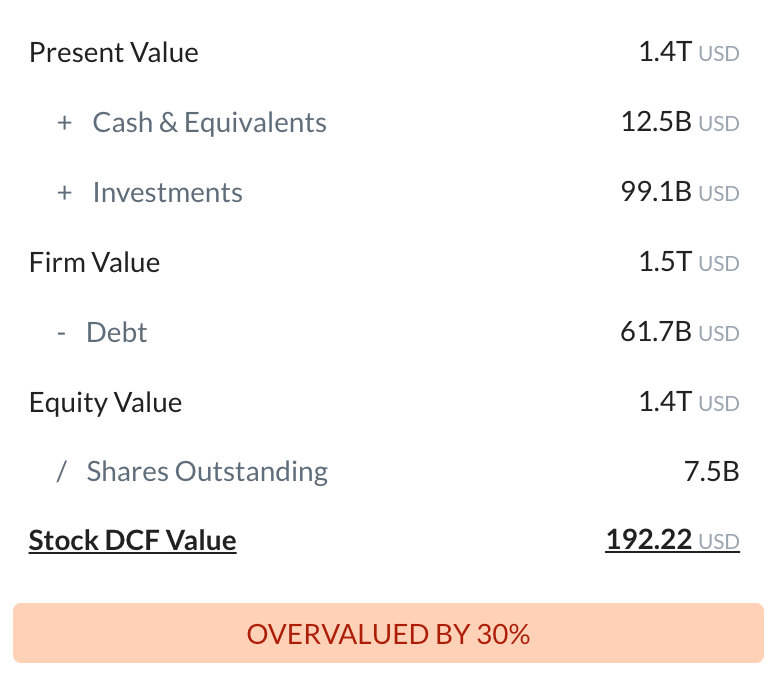
Bank of America Corp
NYSE:BAC

Intrinsic Value
The intrinsic value of one
 BAC
stock under the Base Case scenario is
59.85
USD.
Compared to the current market price of 39.36 USD,
Bank of America Corp
is
Undervalued by 34%.
BAC
stock under the Base Case scenario is
59.85
USD.
Compared to the current market price of 39.36 USD,
Bank of America Corp
is
Undervalued by 34%.
The Intrinsic Value is calculated as the average of DCF and Relative values:

Valuation History
Bank of America Corp

Fundamental Analysis

A prolonged inverted yield curve could compress Bank of America’s net interest income, disproportionately affecting its massive consumer and commercial portfolios and putting significant pressure on its profitability metrics.
Bank of America’s scale across retail, wealth management, and investment banking allows it to leverage cross-selling opportunities, supporting strong fee income and building deeper customer relationships.

Balance Sheet Decomposition
Bank of America Corp

| Net Loans | 1.1T |
| Investments | 1.7T |
| PP&E | 20.7B |
| Intangibles | 71B |
| Other Assets | 354.6B |
Wall St
Price Targets
BAC Price Targets Summary
Bank of America Corp

According to Wall Street analysts, the average 1-year price target for
 BAC
is 52.41 USD
with a low forecast of 34.24 USD and a high forecast of 61.95 USD.
BAC
is 52.41 USD
with a low forecast of 34.24 USD and a high forecast of 61.95 USD.
Dividends
Current shareholder yield for  BAC is
.
BAC is
.
Shareholder yield represents the total return a company provides to its shareholders, calculated as the sum of dividend yield, buyback yield, and debt paydown yield. What is shareholder yield?
The intrinsic value of one
 BAC
stock under the Base Case scenario is
59.85
USD.
BAC
stock under the Base Case scenario is
59.85
USD.
Compared to the current market price of 39.36 USD,
 Bank of America Corp
is
Undervalued by 34%.
Bank of America Corp
is
Undervalued by 34%.




















































 You don't have any saved screeners yet
You don't have any saved screeners yet